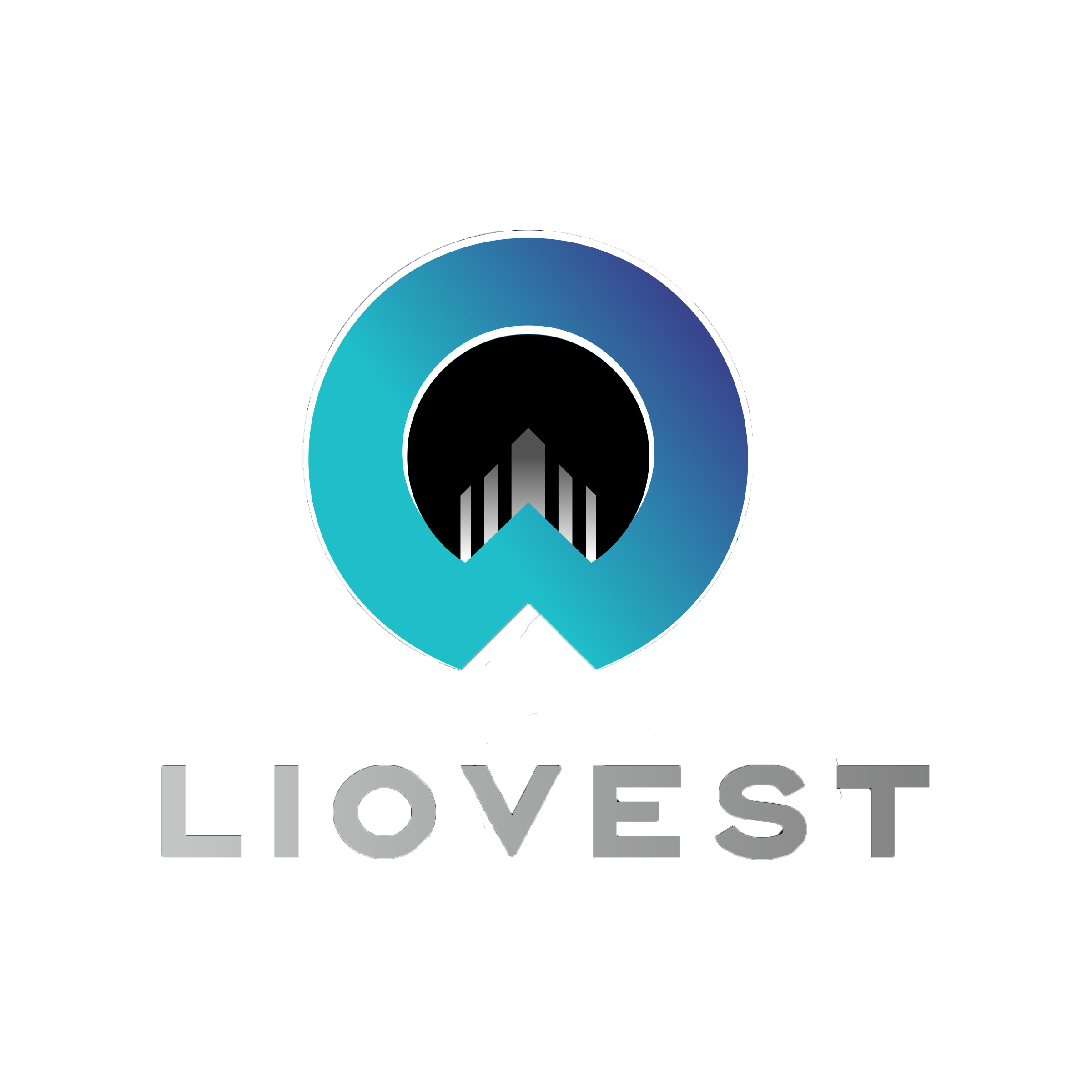RWA – A Structural Shift in Asset Infrastructure
Real-world assets (RWA) refer to the digital tokenisation of physical or traditional financial assets such as real estate, equity, debt, or commodities. Through blockchain and programmable tokens, these assets can be transacted, fractionalised, and financed in a transparent and efficient way. RWA combines the stable foundation of traditional finance with the speed and automation of blockchain, marking a structural transformation in global capital markets.
As of now, the on-chain RWA market is valued at approximately USD 24 billion (excluding stablecoins). According to multiple projections, the RWA market could reach several trillion USD by 2030. Although specific data for the EU market is not available, the broader tokenisation sector is projected to generate USD 3.47 billion in revenue by 2024, with Europe contributing USD 820 million.
Capital Demand and Structural Opportunity in Europe
Europe’s capital markets remain fragmented and still rely heavily on traditional bank financing. To counter this, the EU is actively advancing securitisation initiatives and the Capital Markets Union (CMU) to promote cross-border investment and improve SME access to capital.
Synthetic Risk Transfer (SRT) mechanisms are also gaining traction. Banks use SRT to offload credit risk, which in turn frees up regulatory capital. RWA tokenisation can complement this process by improving the tradability and capital efficiency of these securitised assets.
Regulatory Landscape:
MiCA and National Legislation
The Markets in Crypto-Assets (MiCA) regulation provides a foundational legal framework for digital assets across the EU. It offers definitions and licensing requirements for asset-backed tokens, establishing a common reference point for RWA issuers.
Several EU member states have gone further. For example, Germany’s Electronic Securities Act (eWpG) legally recognises DLT-based securities, enabling blockchain-native issuance and secondary market trading of tokenised assets.
The pace of adoption varies across jurisdictions. Germany, Luxembourg, and Switzerland are already leading in legal structuring, supervisory practice, and infrastructure readiness for RWA.
Key Challenges Facing RWA Projects in Europe
Despite growing momentum, several challenges persist in building an effective RWA ecosystem:
- Unclear asset classification and legal enforceability
Non-financial assets such as art or receivables often lack clear ownership structures or present complex valuation issues. - Regulatory divergence and cross-border complexity
Token classifications, securitisation rules, and investor protection laws vary by country, increasing cost and risk. - Data and standardisation gaps
There is no unified industry standard or consistent due diligence model, limiting platform interoperability. - Limited investor familiarity
Many family offices and institutions still lack understanding of RWA issuance models and risk structures, impacting adoption and capital inflow.
To overcome these issues, RWA projects must work with experienced coordination partners who can lead standardisation, regulatory engagement, and institutional onboarding.
Global Trends:
The United States and China
In the United States, recent legislative moves such as the Genius Act (signed into law), Clarity Act, and Anti-CBDC Surveillance State Act signal a firm intention to reinforce the US dollar’s position by bringing capital on-chain through compliant RWA mechanisms. RWA is rapidly becoming the preferred pathway for regulated asset tokenisation in the US market.
In China, Hong Kong’s Stablecoin Ordinance, which came into effect on August 1st, reflects Beijing’s strategic use of blockchain tools to support cross-border trade and maintain its industrial leadership. In this context, RWA is increasingly viewed as a necessary vehicle for cross-border investment and international financing by Chinese enterprises and asset holders.
Conclusion:
RWA as a Channel, Architecture as the Bridge
The true value of RWA lies not only in enabling new pathways between asset holders and investors, but in the efficiency and reliability of the system behind it. Every link in the chain from asset selection, legal structuring, technical deployment, custody and audit, to market circulation must function cohesively to realise the potential of tokenised finance.
For family offices, cross-border enterprises, and EU financial institutions, understanding the architecture of the RWA ecosystem and the roles of its core participants is essential for establishing a credible presence in the next generation of capital markets.
